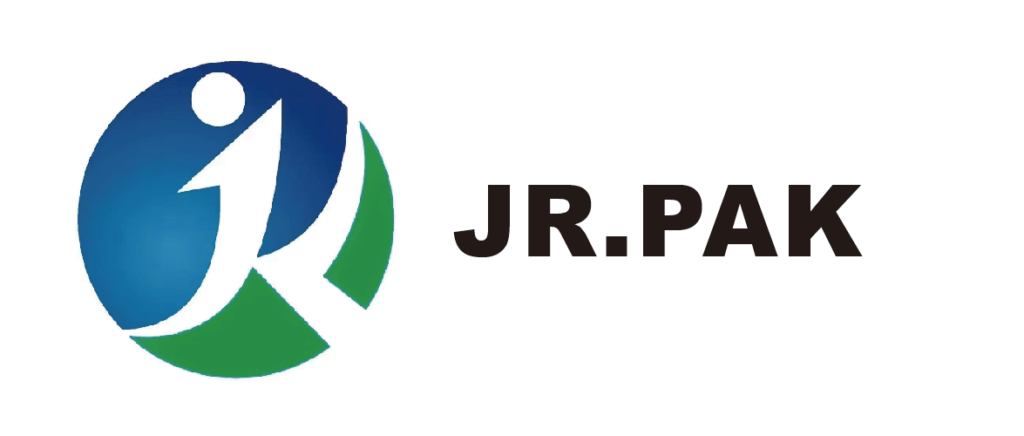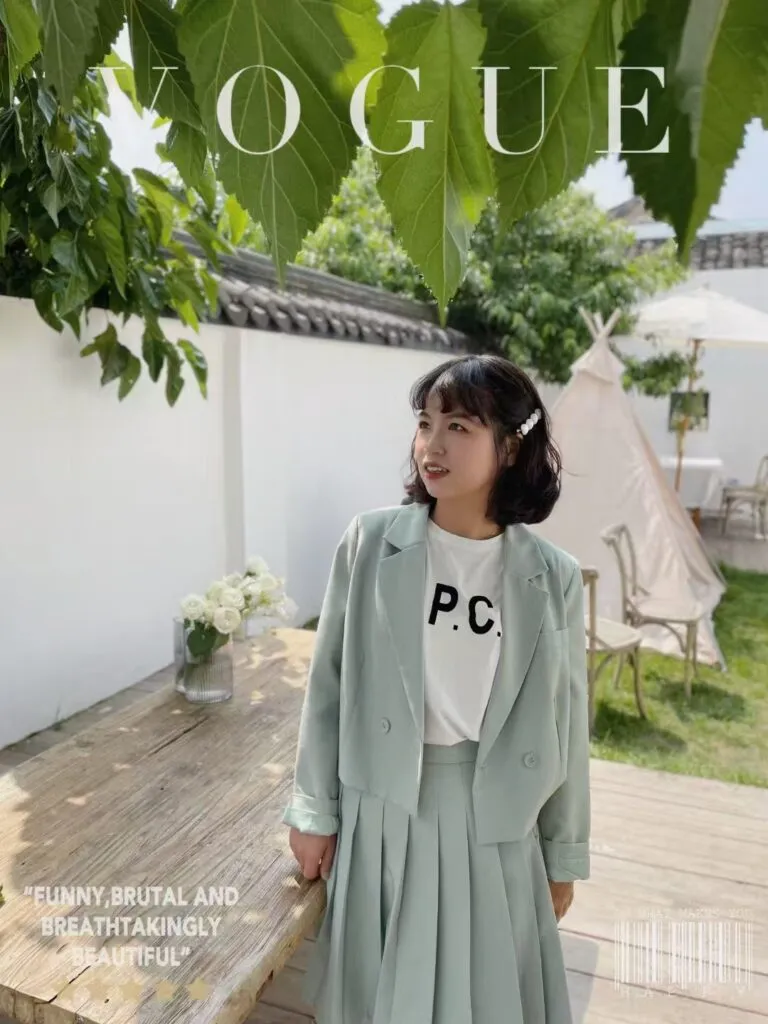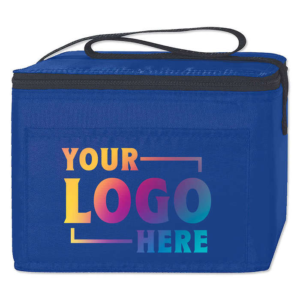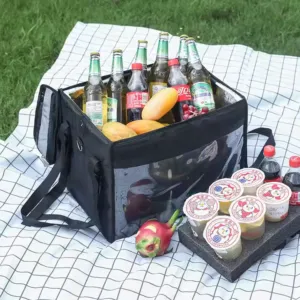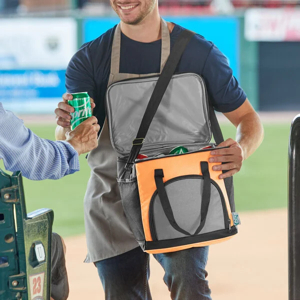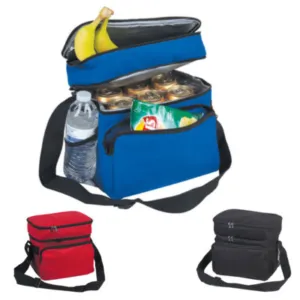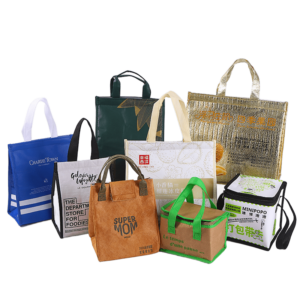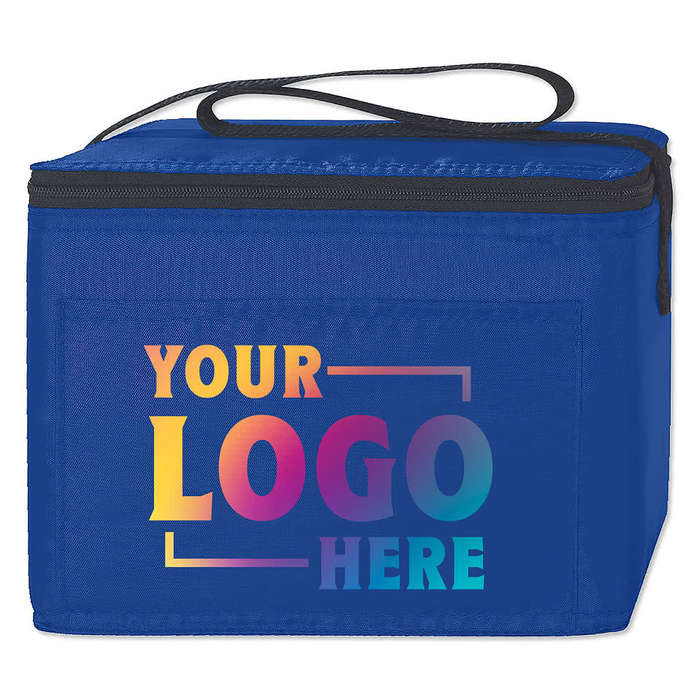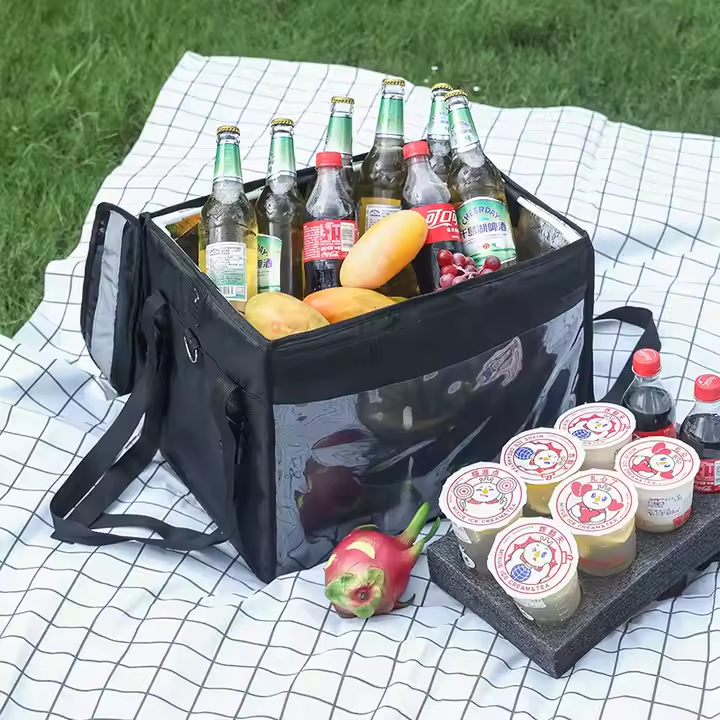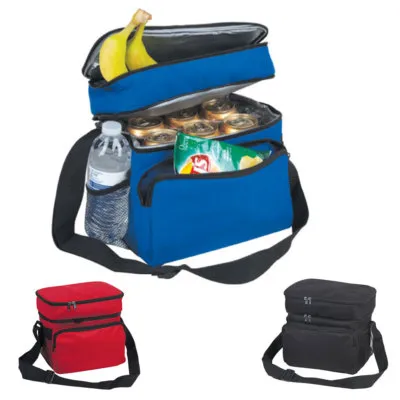Understanding the real cost behind non-woven bags helps businesses make smarter buying decisions. This article reveals the five key factors that impact pricing, based on JiaRong Packing's production insights and global B2B experience.
The 5 Key Factors That Influence the Unit Pricing of Non-Woven Bags

Non-woven bag prices vary due to material type, size, order volume, customization, and logistics, all of which affect production cost and final unit price.
Price differences may seem small, but they can significantly affect bulk orders. Here’s what to look out for.
1. Material Quality
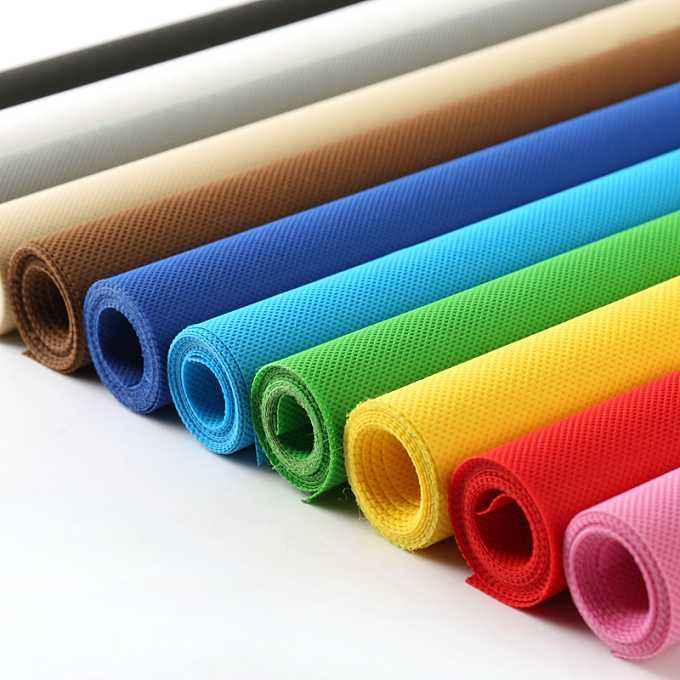
The raw material directly affects the price. Non-woven fabric made from 100% virgin polypropylene is more expensive than recycled blends. Higher GSM (grams per square meter) adds durability and weight but increases costs. Premium bags often use 80–120 GSM fabric, while budget versions may use only 60 GSM.
Explore more about our non-woven bag materials
What Is GSM and Why Does It Matter?
| GSM Range | Fabric Type | Durability | Common Use Cases | Cost Impact |
|---|---|---|---|---|
| 60–80 | Lightweight | Basic strength | Promotional giveaways | Low |
| 80–100 | Medium-weight | Stronger | Grocery or daily shopping use | Medium |
| 100–120+ | Heavy-duty | Very strong | Carrying heavy items | High |
Choosing better material improves bag strength and appearance. However, it also increases cost. Buyers should match fabric strength with their use cases.
2. Bag Size and Design Complexity
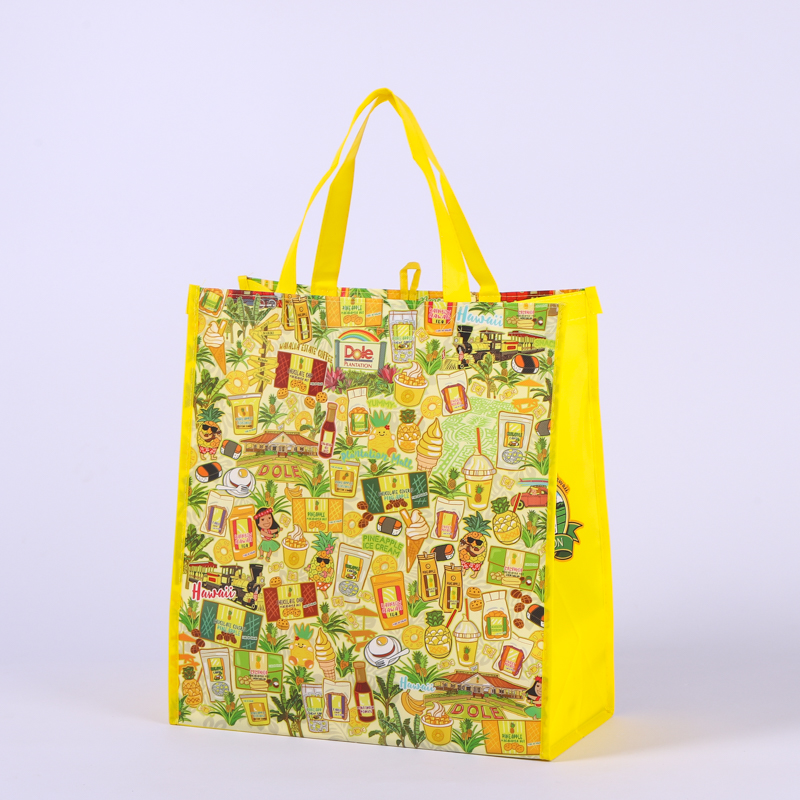
Size matters. Larger bags need more fabric and stitching, making them more expensive. The bag’s shape and added features like zippers, box bottoms, Velcro closures, or reinforced handles require additional labor and sometimes different machinery.
Learn how bag styles impact cost on our product page
How Features Add to the Cost
| Feature | Material Impact | Labor Impact | Cost Increase |
|---|---|---|---|
| Standard handles | Minimal | Basic | Low |
| Zippers | Moderate | Extra steps | Medium |
| Inner lining | High | Complex | High |
| Side or bottom gussets | More fabric | Moderate | Medium |
Companies should balance design functionality and production costs to avoid overpaying for unused features.
3. Order Quantity
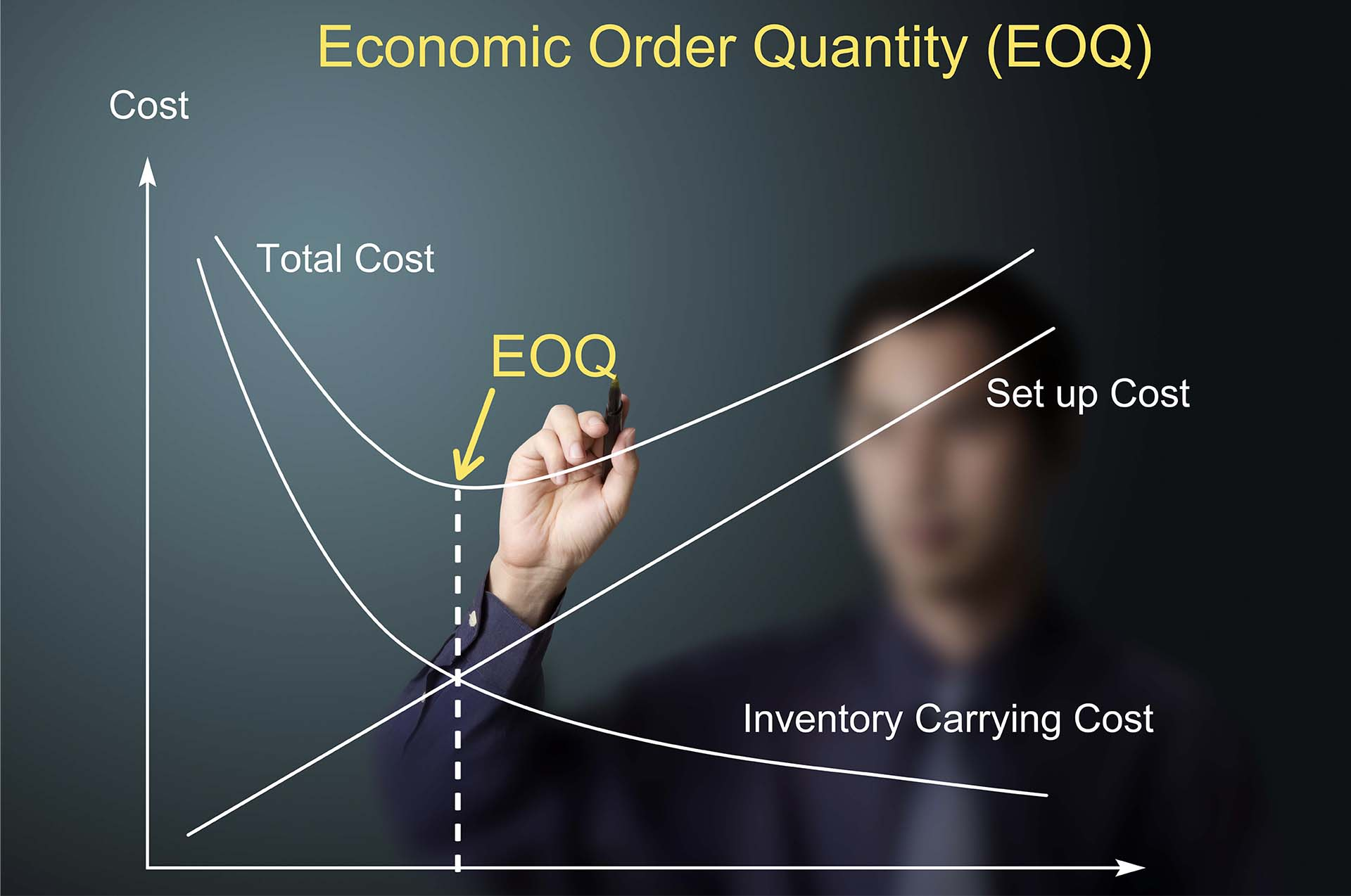
Larger orders reduce unit costs. This happens because fixed costs—like setup, machine calibration, and packaging—are spread across more units. JiaRong Packing offers tiered pricing to encourage wholesale orders, which also improves factory scheduling.
Request a quote for bulk non-woven bags
Price Break Examples by Quantity
| Quantity (pcs) | Estimated Unit Price (USD) | Discount vs. Base |
|---|---|---|
| 1,000 | $0.50 | Base price |
| 10,000 | $0.35 | -30% |
| 100,000 | $0.25 | -50% |
Buyers planning seasonal campaigns or long-term supply should place larger orders to optimize costs.
4. Customization and Printing

Logos and branding are powerful. But printing affects pricing. Each color, print area size, and technique changes cost. Screen printing is cheap for fewer colors. Flexographic and heat transfer are better for complex, multi-color prints.
See customization options for non-woven bags
Printing Cost Factors
| Printing Method | Best For | Setup Cost | Per Bag Cost | Visual Quality |
|---|---|---|---|---|
| Screen printing | 1–3 color logos | Low | Low | Good |
| Flexographic printing | Large runs, 3+ colors | High | Low | Very good |
| Heat transfer | Full-color images | Medium | High | Excellent |
Complex customization gives strong brand visibility, but buyers should evaluate ROI carefully.
5. Market Demand, Supply & Logistics
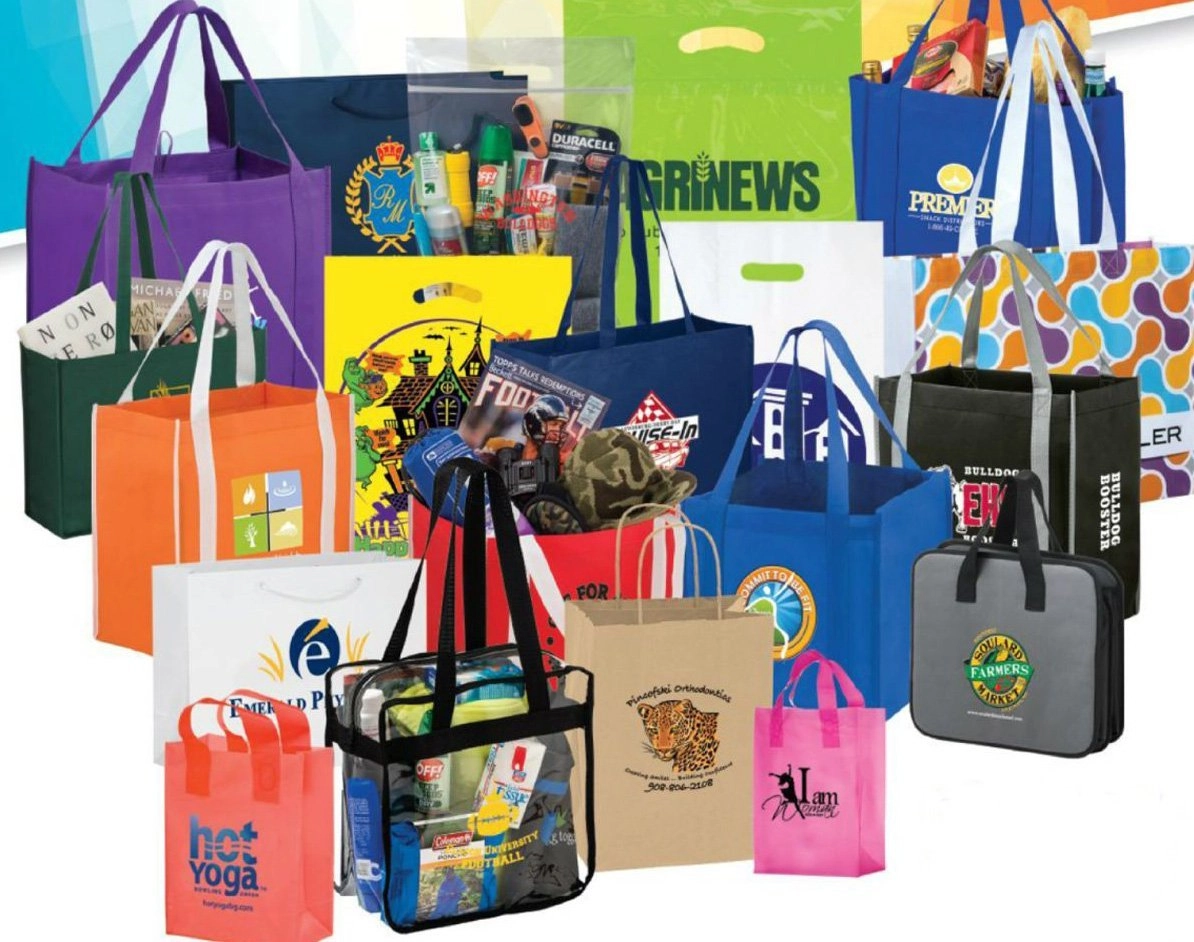
Pricing shifts with the market. Raw material costs, labor availability, and energy prices change over time. Peak seasons like holiday campaigns raise demand, increasing lead times and costs. Shipping method—by air, sea, or express—also impacts price, especially for urgent orders.
Logistics and Packaging Choices
| Factor | Description | Cost Impact |
|---|---|---|
| Sea freight | Slower, for bulk orders | Low |
| Air freight | Fast, for urgent orders | High |
| Waterproof packaging | Added protection | Small |
| Carton vs. bulk packed | Influences shipping volume/weight | Varies |
Working with suppliers that offer flexible logistics helps reduce unexpected cost spikes.
Conclusion
The price of non-woven bags depends on material, design, order size, customization, and shipping factors. Buyers should identify what features matter most and align them with their budgets. At JiaRong Packing, we advise clients based on real use cases and offer tailored solutions.
Browse our full non-woven bag selection here
Have you encountered unexpected bag price changes before? Share your experiences or questions in the comments.
